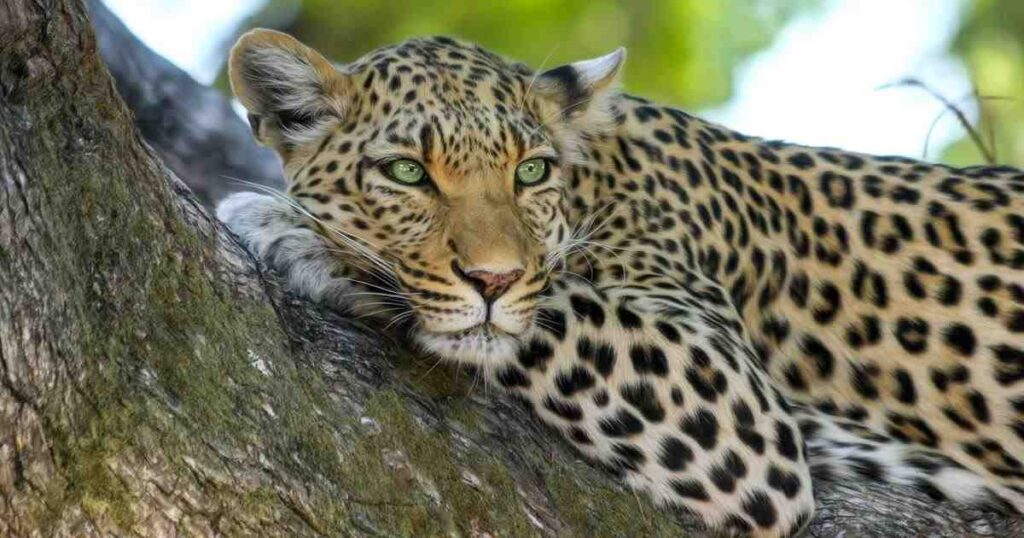Spike in Junnar Leopard Deaths Blamed on Territorial Fights and Ecological Imbalance

Spike in Junnar Leopard Deaths Blamed on Territorial Fights and Ecological Imbalance ( Representational Image )
The Junnar forest division has witnessed a concerning increase in leopard deaths attributed to territorial disputes over the past two years. Forest officials have pointed to the growing leopard population and ecological imbalances as primary factors contributing to this trend, particularly in the Manchar and Shirur forest ranges.
According to officials, the deaths of sub-adult leopards, aged between eight months and one-and-a-half years, have surged due to territorial conflicts. He highlighted that the lack of grooming and hunting skills in abandoned cubs exacerbates these confrontations, leading to fatal outcomes.
Forest authorities have reported approximately 18 deaths of sub-adult leopards in recent years, primarily caused by territorial fights. The situation is exacerbated by the absence of a comprehensive plan to address this issue. While efforts are underway to seek solutions through wildlife experts’ guidance, the lack of a foolproof system poses challenges in mitigating leopard deaths.
The Manchar forest range has emerged as a hotspot for such conflicts, with fights often occurring at night, making prevention difficult. Cub survival rates are also impacted, with only one or two out of four cubs typically surviving due to factors like starvation and adverse weather conditions. As sub-adults, leopards attempt to reclaim their native territories, leading to intensified infighting.
The rise in infighting underscores the dwindling habitat availability within the division, necessitating urgent conservation measures. Previous instances of leopard deaths, including those from starvation, highlight the ecological imbalance prevalent in the area, particularly in the Manchar and Shirur forest ranges.
The forest officials stress the need for concerted efforts to address the root causes of leopard deaths, including habitat loss and prey scarcity. With significant leopard populations inhabiting these regions, proactive conservation strategies are imperative to safeguard these endangered species and maintain ecological harmony in the Junnar forest division.









